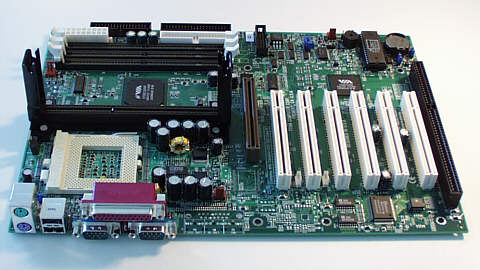First post, by Paar
- Rank
- Member
Hi. I have purchased Tyan S1854 board, revision E. Accoring to this page it should support Pentium III 866EB in Socket 370 package. I have three pieces of this CPU type and none of it works, the computer won't boot up. I have tried to use Celeron Medoncino 533 MHz (Socket 370) and Pentium III 533 MHz (Slot 1) and both work fine. Do anyone of you have enough experience with this board to know what could be wrong? What could I do to try fix it? Thanks.

